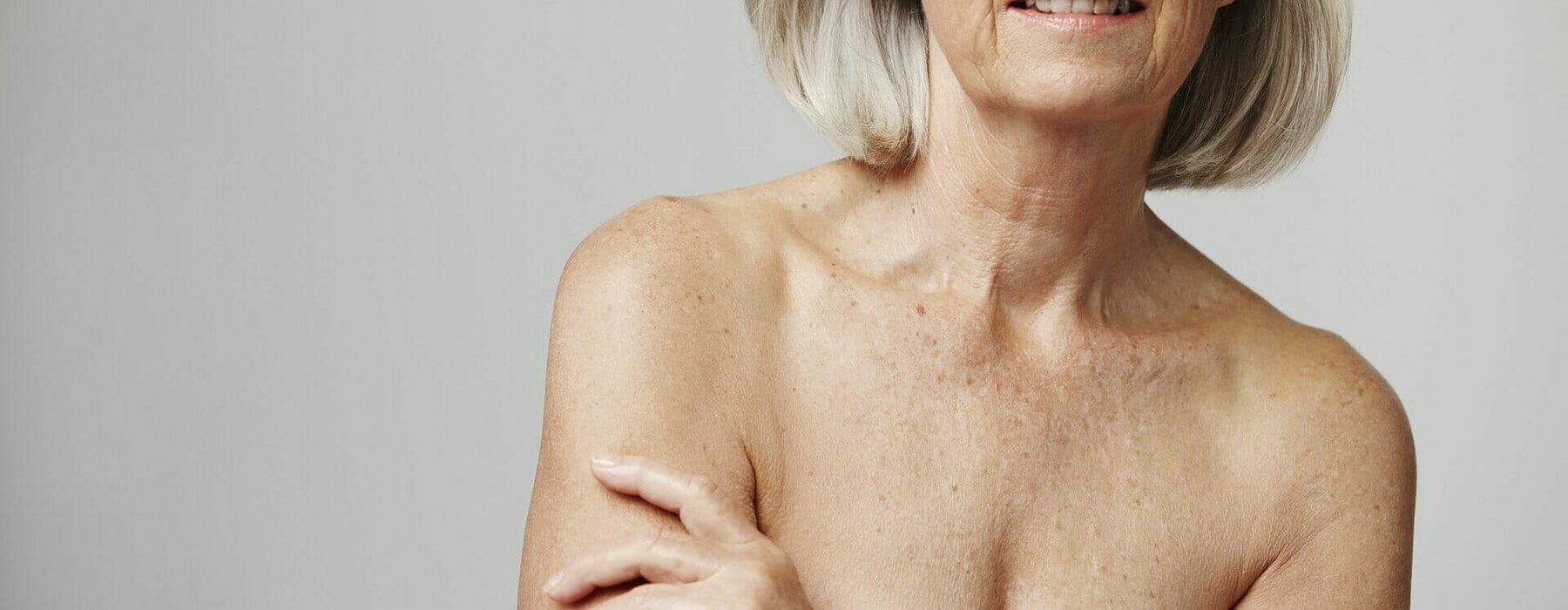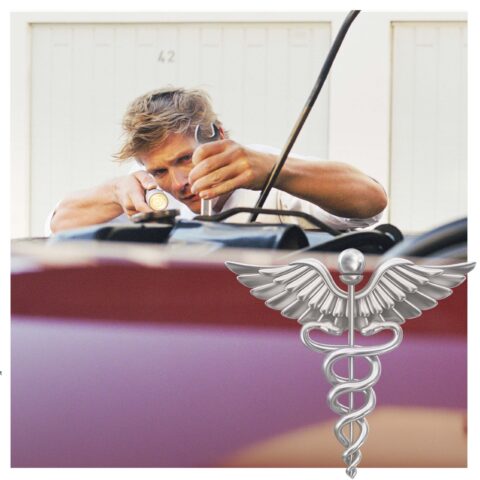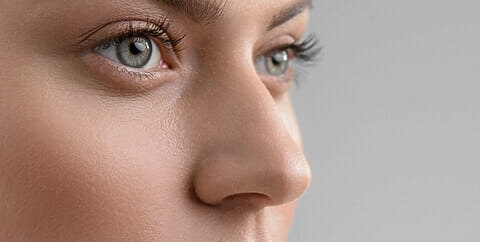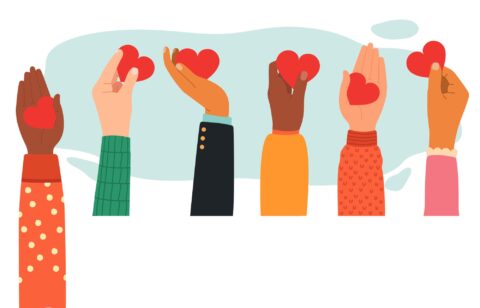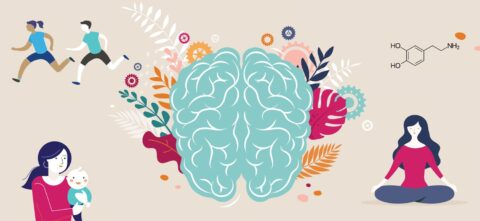A new Kiwi-developed AI for a Mole Map will soon be used to screen thousands of patients for skin cancer and that’s great news for a country with chilling statistics on skin cancer.
“He should’ says Claudia, watching a sunburnt man in Speedos. “She should. He definitely should.’
She’s playing a game of her own devising. She calls it Melanopoly. She passes judgment on the surrounding sunbathers, announcing which of them should have particular moles checked. A freckled red-head picks his way across the hot sand to the water.
‘I give him two years.’
‘You’re a morbid cow, aren’t you,’ says Max. Max is Claudia’s new boyfriend.
‘One does what one can.’ She smiles demurely; ‘He should. He should. Both of them should. Oh! Oh how sweet! An entire high-risk family!’
Mother, father and three pink children walk past with dripping cones.
Written by Catherine Chidgey, the scene from the novel A Fishbone Church features a young medical doctor on a city beach in Sydney playing a game she has invented with her fellow medical colleagues. I remember reading the book while lying on white sand in my togs in the summer of 1998. It was the first time I had come across the word melanoma in a novel.
Poisoning, heart attacks, murder and what was known as ‘the NZ death’ – drowning, were the usual ways to kill off a character and yet the previous year 200 people had died from skin cancer. Since the 1960’s and right up until the mid 80’s the melanoma mortality rate increased by approximately 3 percent each year.
1998 was also the year my husband one day leaned across and asked if I could feel a lump in his neck. I remember tracing my finger into the lovely scoop of flesh below his clavicle and finding the pea sized ball that rolled around under my touch like a marble in a cup. The lump was not a mole but tests revealed it to be stage 4 melanoma. Somewhere at some time in his life the sun’s ultraviolet rays had disrupted and affected the genes that controlled how his cells grew and divided. It’s hard not to want to know when this occurred exactly.
I need a beginning. Was it the summer he spent painting roofs with his shirt off? Or the year he lived like a hippy on a sun drenched Greek island? It didn’t really matter when it began and for a while it looked like we were going to be lucky.We had seven years before the bad cells won out.
These days no one with any sense goes out into the sun without protection. Still I worry about my own past. My summers of burn and peel. One year when she was 14 years old my sister had sunstroke and had to stay inside in the dark to recover for days while the adults paid closer attention to our application of zinc. As well as the obligatory thick white unguent that coated our noses we also used a mixture of baby oil and coconut oil to fry our legs.
Skin cancer, including non-melanoma and the more deadly melanoma, is New Zealand’s most common cancer with an estimated 90,000 non-melanoma skin lesions diagnosed each year. New Zealand and Australia have the world’s highest rates of melanoma with 4,000 new cases annually and over 350 Kiwis dying from it each year.
For most of us who sunbathed throughout the 60’s and 70’s we’ve learned to look at our skin in the shower with an awareness of skin cancer.. Any changes in the appearance of a mole or one that looks unusual alarms the heart.
Melanoma can be cured in 98% of cases if diagnosed early enough and so the news that a new Kiwi-developed AI will soon be used to screen thousands of patients in the early stages of melanoma is something I care about. The new tech can diagnose almost as accurately as a doctor and by mapping a patient’s suspicious lesions with the algorithm it determines how likely it is to be malignant. Anything suspicious can then be referred on to a specialist to examine more closely.
Dr Franz Strydom, Mole Map medical director, says it is hoped the new AI will help address the chronic shortage of skin specialists in the country.
“While a doctor might see numerous lesions or melanomas over the course of their career, the computer also learns this information, but can formulate a diagnosis much faster,” he says.
For peace of mind and because I couldn’t decide if the mole on my ankle had always been there or was a harbinger of death I was keen to take up the offer of a mole map.
The map of moles
It was easy to book an appointment that lasted an hour and 30 minutes but I had wrongly assumed that since we were dealing with AI I wouldn’t be dealing with a human. I thought I would step into a windowless room with just me and a robot and my careless choice of underwear that morning was a bad mistake.
When I arrived at the Skin Clinic I was led into a very small room which was locked and told to pop behind the screen, strip down to my undies and emerge ready for her intense gaze. This was only slightly terrifying given that a week of rain and flooding in Tamaki Makaurau meant I was wearing the worst pair of underpants ever. I’ll be honest they are underpants that shouldn’t even live in a drawer. You know the kind. No elastic, baggy, a grayish white from going through the wrong wash. The clinician asked if I wouldn’t mind rolling them down a bit (they were large high waisters) and told me to stand up against a wall while she used a camera with an impressive lens to capture me in a range of very specific poses; from front to back and side on, bending over, legs apart, arms above my head and these she uploaded onto her screen and mapped into segments.
She then began to go over my entire body using the gentlest of touches and speaking in the softest of voices. She started under my fingernails on each hand and proceeded to thoroughly inspect every square inch of me. My hands were held and scrutinized and my arms, my neck, my shoulders, my ears, under my breasts. Even the inside of my belly button was given the same attention. The hair on my head was parted into stripes and systematically surveyed. I felt like I was being groomed and de-loused in the gentlest way which gave me mild ASMR vibes. We could have been primates in a pen. I admit, I almost began to enjoy it.
If a mole was ‘suspicious’ she took a very close up photo of it. These would be sent off to be given the scrutiny of an expert. I was assured all images would stay locked in an online portal that only myself and my doctor had access to. I didn’t think any money would be made selling pictures of me in my bad underpants. I won’t know the results for another ten days, but assuming all is well this time, it’s nice to know the map of my moles will be there as a comparison for my next visit in twelve months.
The average cost for a full-body skin screening in New Zealand can range from $250 to $399, depending on the technology used and the provider. An inner city medical centre charges $120 without imaging. Doctors will often be able to identify and remove some moles in the same appointment. Ask if your GP has experience of doing a mole map. Not all doctors offer a complete mole map but they will all be able to check a particular mole you are worried about.
Related article: Cervical screening – The Health Check to End All Health Checks
Some facts about melanoma in New Zealand:
High incidence rate: New Zealand has one of the highest incidence rates of melanoma in the world, with a particularly high rate among its population of fair-skinned individuals.
Sun exposure: Excessive exposure to UV radiation from the sun is the main risk factor for melanoma. New Zealand’s location near the equator means that its population is exposed to high levels of UV radiation, increasing the risk of skin damage and skin cancer.
Age group affected: Melanoma can affect people of all ages, but it is more common in people over the age of 50.
Early detection: Early detection and treatment of melanoma are critical to increasing survival rates. Regular self-examination of the skin, and regular check-ups with a dermatologist, can help to detect melanoma in its early stages when it is most treatable.
Treatment: The treatment of melanoma depends on the stage and size of the tumour, as well as the patient’s overall health. Treatments may include surgery, radiation therapy, chemotherapy, immunotherapy, or a combination of these treatments.
Survival rates: The five-year survival rate for people with early-stage melanoma is over 90%, but this decreases to around 15-20% for people with advanced-stage melanoma.
Prevention: Preventing melanoma involves reducing exposure to UV radiation from the sun, using protective clothing and sunscreens, and avoiding sunburn. Regular skin checks and early detection are also important for preventing melanoma and increasing survival rates.
The most common signs and symptoms of melanoma:
A change in the appearance of a mole: This can include the size, shape, color, or texture of a mole.
The development of a new mole: Melanoma often appears as a new mole that is different from the person’s other moles.
Asymmetrical moles: Melanomas are often irregular in shape and asymmetrical, with two halves that look different from each other.
Irregular borders: Melanomas can have uneven, scalloped, or notched borders.
Changes in color: Melanomas can be a mix of different colors, including shades of brown, black, and tan.
Diameter larger than a pencil eraser: Melanomas are often larger than 6mm in diameter, about the size of a pencil eraser.
Itching, burning, or tenderness: Melanomas can be itchy, tender, or bleed.

